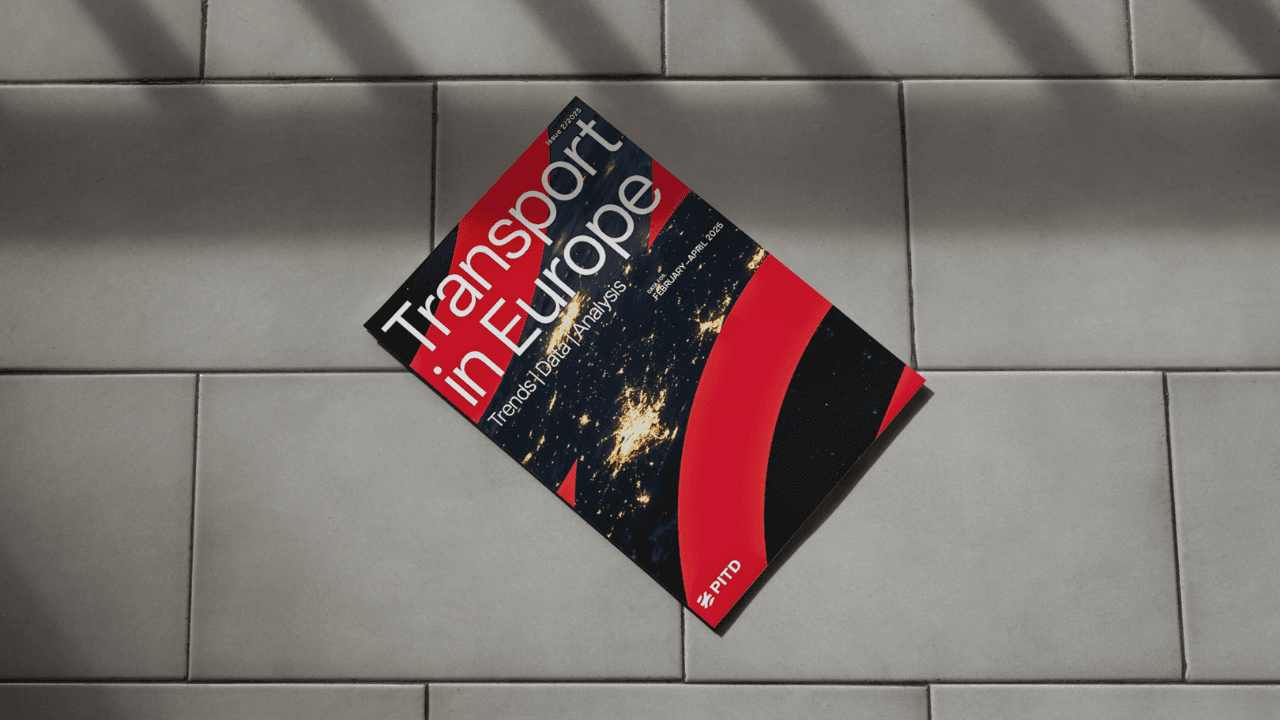
Transport in Europe. Trends | Data | Analysis. Download the quarterly report for European Logistics Industry Leaders

The Polish Institute of Road Transport presents its quarterly report, combining key market indicators with interpretations and recommendations from managers, business owners and operational transport leaders from across Europe.
Poland, Germany, France, Italy, the Netherlands, Spain, Belgium - these are the markets we look at in this issue, seeking answers for shippers and carriers to the most important questions:
- Where do the shortages begin?
- Why are rates going up?
- Can we see the first indicators of an economic rebound?
- Which markets may be an alternative to the most important ones?
- What not to do to lose out on fuel prices’ fluctuations?
- Based on which data to make a decision to reduce or expand the fleet?
- Whether it is better to bet on contract freight or offers on the spot?
- What to do when the rate increases and it’s not related to capacity’s availability?
- and many, many more.
We invited nearly 20 experts - CEOs, managing directors, transport managers, managers and economists, representing European companies, organizations and industry associations.
We asked them for practical recommendations as commentary on the data we analyzed, without which it is difficult to do business optimally today.
I believe that some businesses need to be scaled up to actual demand, with profitability and liquidity as the overriding criteria. It is also worth rethinking the production model - whether, in addition to the in-house fleet, with its high share of fixed costs, one should not develop the freight forwarding business, which offers greater flexibility to adapt to changes in demand, pointed out Dr. Pawel Trębicki, managing director, Rhenus Road Freight - Central East Region.
Routes involving Spain in particular are likely to feel the most upward pressure on prices. Spain's economic growth remains well above the European average, and both consumers and industry will continue to exert strong demand pressure on transportation rates, noted Nathaniel Donaldson, data and modelling manager, Transport Intelligence.
From the point of view of contractors, carriers and shippers, it seems that the sensible approach now will enter into short-term contracts and avoid long-term commitments. Today, shippers are still accustomed to a situation in which they were the ones who could dictate terms in terms of prices, payment terms and other conditions, not necessarily favorable to carriers. However, in some time they will have to wean themselves from this, added Maciej Wroński, TLP president.
The shortage of capacity is due to a shortage of drivers, but also to orders that cannot be fulfilled profitably due to high operating costs, so they are rejected. Many transport companies in Germany are no longer responding to requests for quotations from large commercial and industrial customers because freight rates that cover costs cannot be obtained, reported Dr. Dirk Engelhardt, spokesman for the Federal Association of Road Transport, Logistics and Utilization (BGL).
Want to know more? Download the free report
Main graphic's source: Canva.com